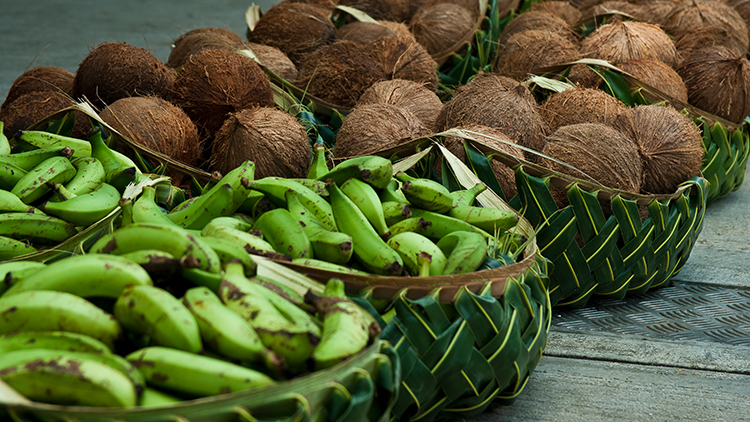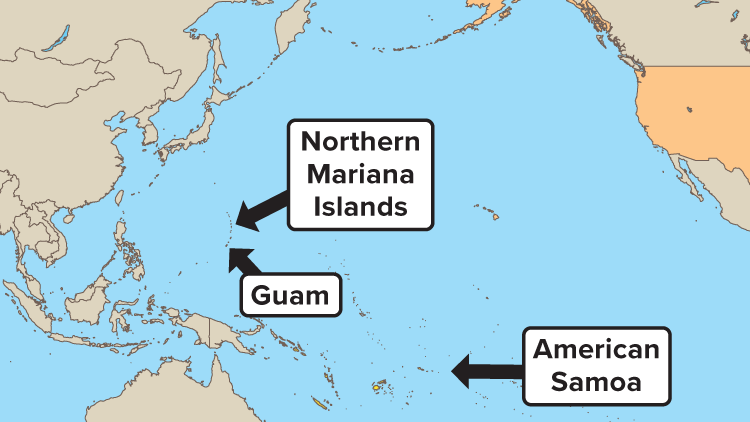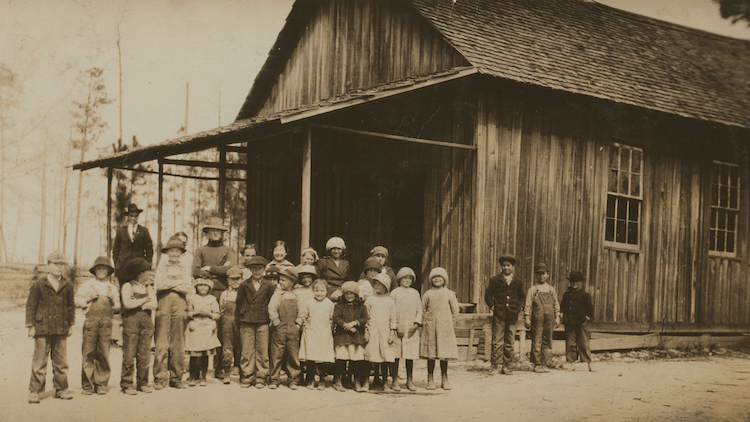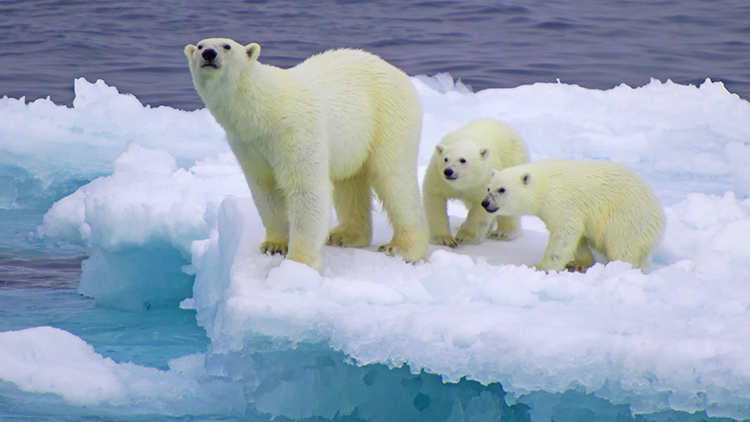
Thanksgiving is on its way. You might be used to cranberries, stuffing, and sweet potatoes on Thanksgiving. In American Samoa, however, people might include breadfruit, bananas, coconuts, papaya as part of their Thanksgiving feast.
Over 2,000 miles from the state of Hawaii, a group of islands called the Samoan islands dot the Pacific Ocean. About half of these islands make up American Samoa. Some of those islands are uninhabited, while people live on others. These islands have been United States territories since 1889. Later, the territory was given authority to create its own constitution. The other Samoan islands were German territories. Now they are independent. Some of the islands in American Samoa are made of coral, but the rest were formed by volcanoes. They have high, rugged mountains.

The climate of American Samoa is tropical. In the capital, Pago Pago, 200 inches of rain fall every year! The beaches and beautiful landscape bring tourists to American Samoa. The fish industry is also important to the territory.
People in American Samoa are closely related to the people of New Zealand and Hawaii. Most American Samoans speak English, but they also speak the Samoan language. Extended families are important in American Samoa.
American Samoa joins the rest of the United States and Americans around the world in celebrating Thanksgiving Day. Residents in American Samoa gather with their extended families and friends to celebrate Thanksgiving on the fourth Thursday in November. Religious traditions are part of the celebration as well. You might find a turkey on the table as part of the feast, but you would also find local foods. Breadfruit, bananas, coconuts, papaya, mangoes, chicken, pork, and seafood are main staples of meals in American Samoa. A vegetable called taro, which is a lot like a potato, grows in the lush climate of American Samoa. You might eat a local dish called palusami—wrapped bundles of taro leaves filled with a coconut and onion filling—as part of the feast!
What Do You Think? How does a celebration reflect the culture of the people who celebrate?
Photo Credit: Danita Delmont/Shutterstock



